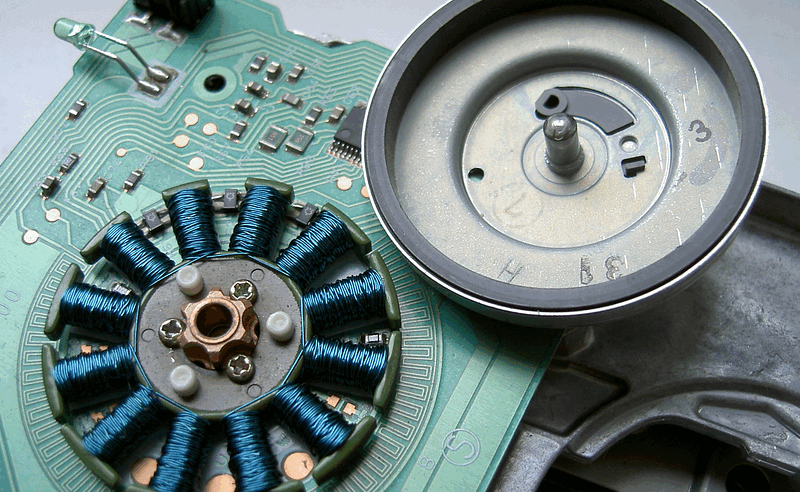In the race for smarter, lighter, and more energy-efficient machines, electric motor design is playing a critical role. Nowhere is this more evident than in the rapidly evolving fields of robotics and drones, where every gram of weight and every milliwatt of power matters.
At the center of these innovations lies the electric motor rotor stator assembly—an intricate pairing that transforms electrical energy into precise mechanical motion. In both robotics and unmanned aerial vehicles (UAVs), the efficiency of the stator and rotor is key to extending operational time, improving response rates, and reducing heat buildup. As these industries scale, the pressure to optimize the stator and rotor laminations intensifies, pushing engineers toward smarter and more compact designs.
The Core of Efficiency: Rotor-Stator Architecture
The configuration of the electric motor rotor stator system determines the motor’s magnetic field strength, torque, and efficiency. In high-speed drone motors, for example, a well-designed stator maximizes flux density while minimizing eddy current losses. The rotor, equipped with permanent magnets or wound coils, must be perfectly balanced and aligned for optimal rotational performance.
This dynamic interaction depends on the quality and precision of the stator and rotor laminations, which are typically made of thin silicon steel sheets. These laminations are stacked to form the motor core, and their thickness, coating, and alignment directly impact magnetic losses and energy conversion efficiency.
Why Stator Lamination Stack Design Matters
The stator lamination stack is central to the motor’s thermal and electrical behavior. In robotics, particularly in articulated arms and precision manipulators, motors must deliver smooth torque with minimal hysteresis losses. Engineers now focus on using ultra-thin laminations—sometimes as thin as 0.1 mm—to reduce eddy currents and allow for higher frequency operation.
Additionally, how these laminations are bonded or welded affects airflow and cooling, influencing the motor’s long-term durability. For drones, where motors often operate in open-air environments, stator lamination stack ventilation can dramatically reduce heat accumulation and prolong flight time.
Customization for Robotics and UAV Applications
Unlike industrial motors that operate under predictable loads, drone and robotic applications demand rapid bursts of energy, lightweight form factors, and compact geometries. This has led to an increase in custom designs where every layer of the stator and rotor laminations is optimized for specific torque-speed profiles. Engineers tailor pole counts, winding patterns, and slot geometries based on motion planning algorithms and flight dynamics.
For instance, quadcopters benefit from higher pole-count stators to achieve smoother speed control at lower voltages. In robotics, motors embedded in joints require flatter rotor profiles and precision-balanced stacks to prevent mechanical backlash.
Advanced Materials and Coatings
Modern developments also involve using advanced silicon steel grades and non-oriented electrical steels in the laminations to achieve lower core losses. Some manufacturers experiment with cobalt-based alloys in high-end robotics for improved magnetic saturation. Insulation coatings on laminations now offer better thermal resistance and minimal interlayer capacitance, enhancing the electrical performance of the entire motor.
These material innovations are being tested and applied to both stator lamination stack and rotor assemblies, ensuring improved magnetic permeability and reduced operational losses even at high RPMs.
Simulation-Driven Design
Designing efficient electric motors is no longer just a manual engineering process. Advanced simulation tools now model electromagnetic fields, heat transfer, and mechanical stress in real-time. These tools allow engineers to test multiple electric motor rotor stator configurations before a prototype is ever built. The result is a faster design cycle and more optimized motors.
For drones, simulation helps fine-tune motor parameters that impact flight endurance and payload capacity. In robotics, it enables smooth motion control and minimizes overheating in closed-loop systems.
The Road Ahead
As robotics and drone markets grow, so will the need for efficient, lightweight, and customizable motor cores. With innovations in stator and rotor laminations, engineers are setting new performance benchmarks that make these machines fly longer, move faster, and think smarter.

